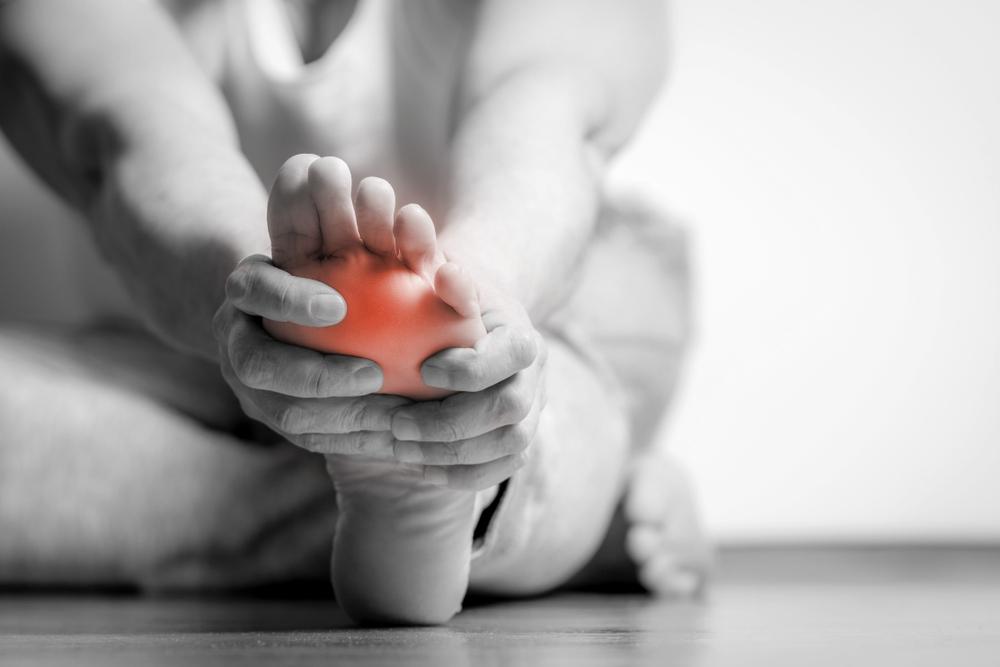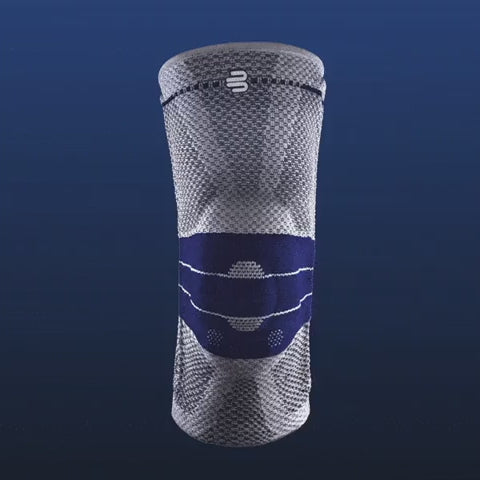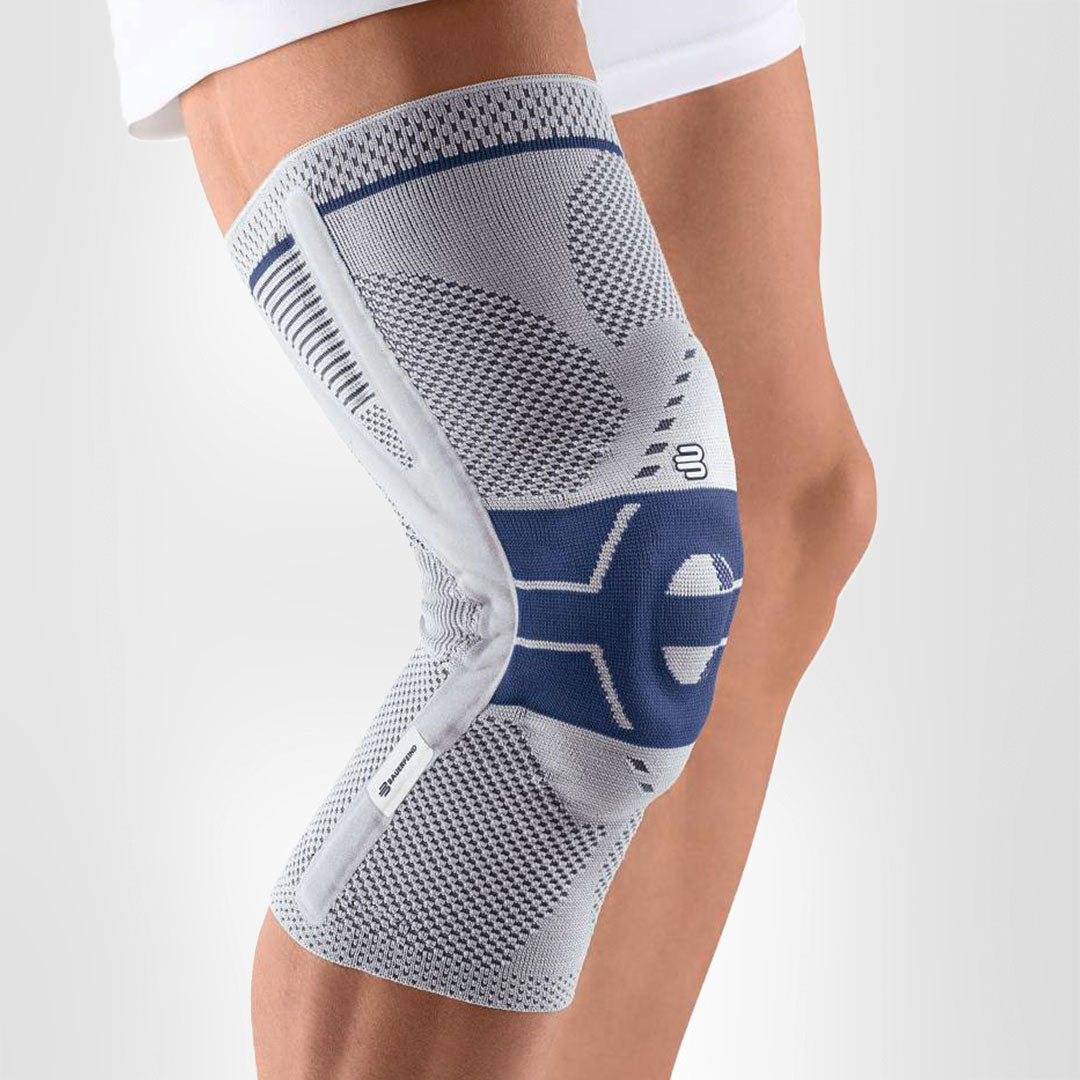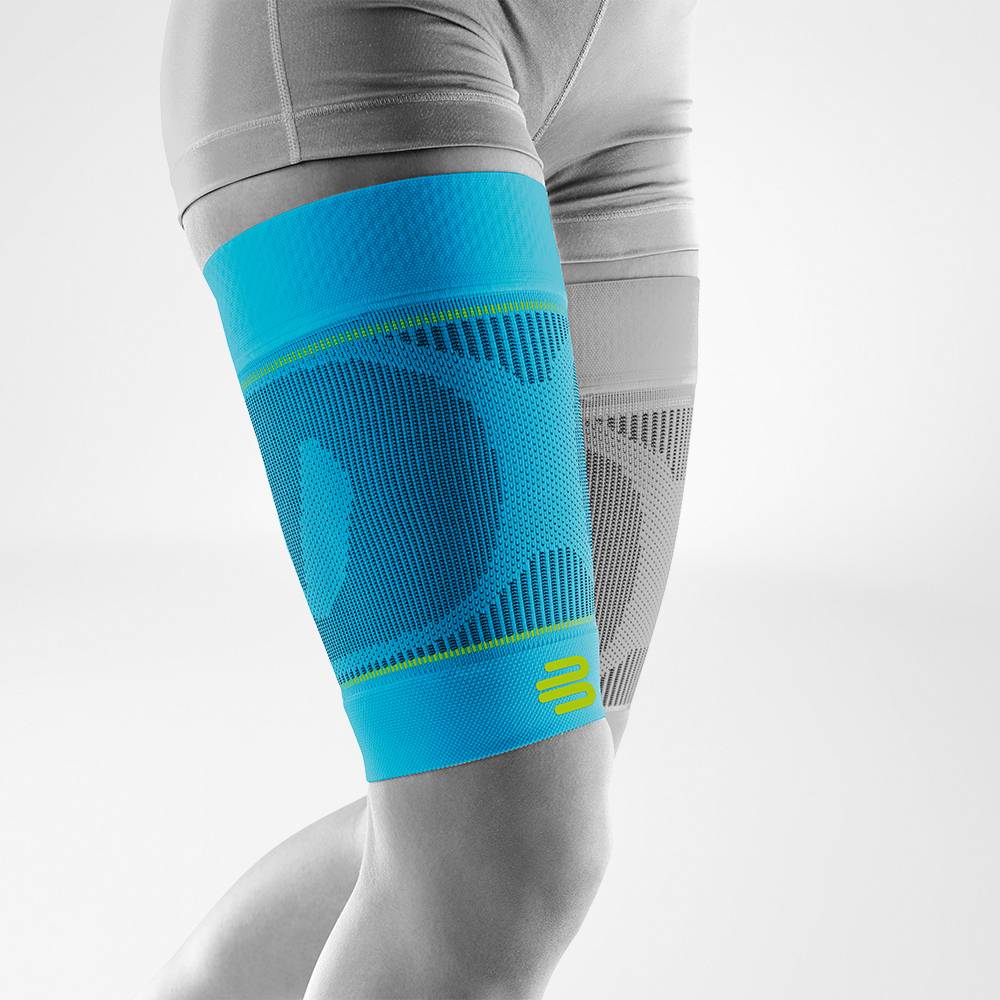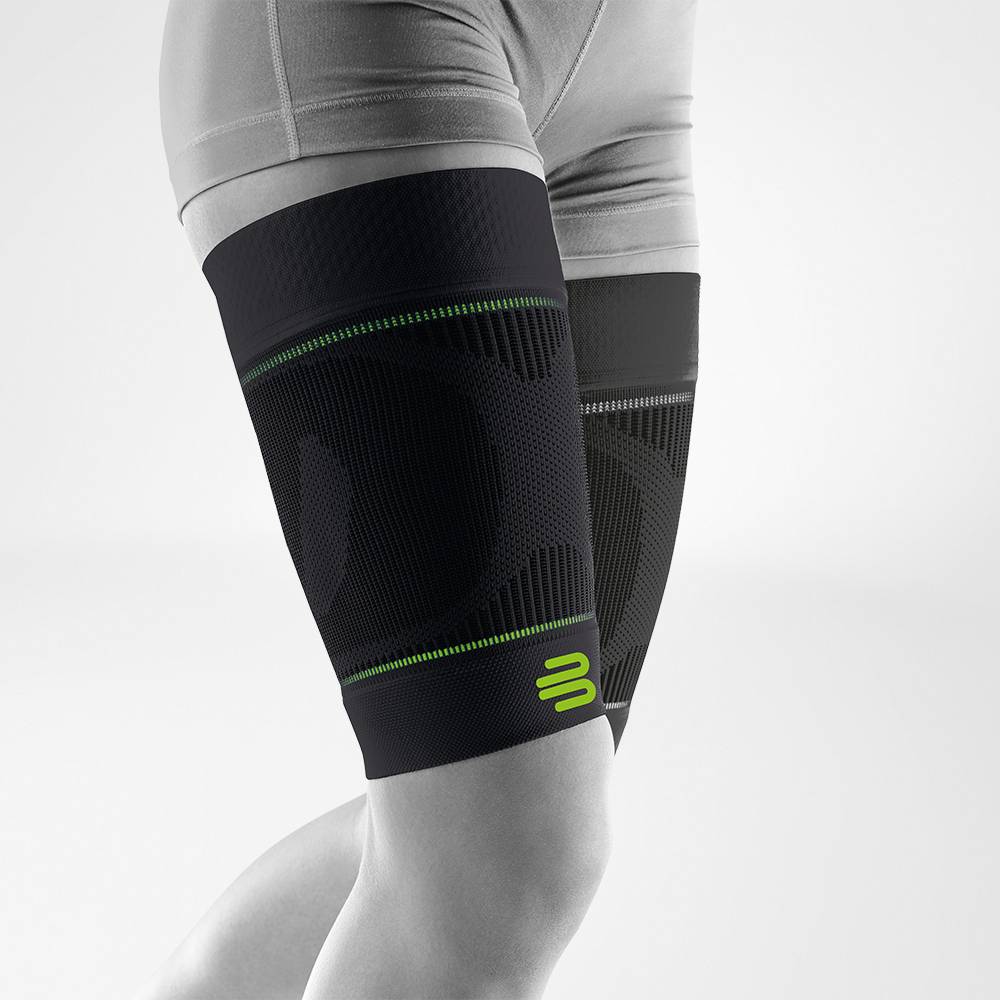If you like going for a run now and then, have been training for a marathon, or have started runs and walks more recently while gyms have been closed, it’s likely you’ve been feeling a pain on the outside of the knee, usually with some swelling and pain when you start to bend the knee. If this is the case, chances are you’ve developed ITB syndrome (Ilio-tibial band syndrome). Here are some tips for treatment.
What is IT band Syndrome?
The IT band is a tendon that runs down the outside of your thigh, from the middle of your hip down to your knee. This muscle is essential for guiding and stabilising the leg in running movements, as well as when you’re moving down a slope.
When there’s weakness in the surrounding muscles, incorrect movement due to poor footwear or poor arch control in the feet, or if you’re regularly running for extended periods of time, this tendon can become fatigued and strained and develop into ITB syndrome.
If untreated, this can lead to further injuries in the knee including patellar instability, meniscus damage and instability in the knee itself.
Taking care of your IT band
While it’s easy to think if we just stretch out the muscle and push through the pain that it’ll get better, it’s important to make sure we don’t disregard the problem but treat it properly. If you’re unfortunate enough to have developed this issue, the recovery can take between 4 to 8 weeks to fully heal, so it’s crucial to take care of it properly to ensure a smooth recovery and a pain-free return to running.
To make sure you’re giving that tendon the love it needs, we’ve outlined a few clear ways to recover it quicker and more effectively and stay on top of the pain.
Treatment for IT band syndrome
RICE
Rest, Ice, Compress, Elevate.
It’s a core principle of recovery and injury management but is especially pertinent when it comes to the IT band. The best recovery for tendons is rest, taking tension out to reduce pain and inflammation.
Make sure you keep the knee rested when you can, using a compression sleeve to stabilise the muscle and ice it after activity.
Supports and insoles
Keeping off the knee for four to eight weeks sounds nice and relaxing but isn’t viable for most of us who need to keep working and doing what we can to stay fit. By using a knee support and/or insoles, you can give your body the best protection to keep moving and recover more quickly.
A compression sleeve that also uses gel support to soothe and relax the ITB is your best choice here. Try the GenuTrain.
Wearing insoles that suit your movement while running can stabilise the arches and improve your running posture, not only helping protect your ITB but also improve your running in general.

Stretches, foam rollers and physio
Normal stretches and massage can feel nice, but don’t often have much of an effect on the IT band itself. Using a foam roller can help to take the tension out and relieve the surrounding muscles, but to make sure you’re doing the most effective movements, here are 5 simple stretches that help
- Side-lying leg raises
- Cow face pose
- Foam roller stretch
- Seated spinal twist
- Forward fold with crossed legs
In cases where the pain is particularly severe, or you’ve got other issues affecting the knee, it’s best to see a physiotherapist to personalise the treatment to your body in particular.
















